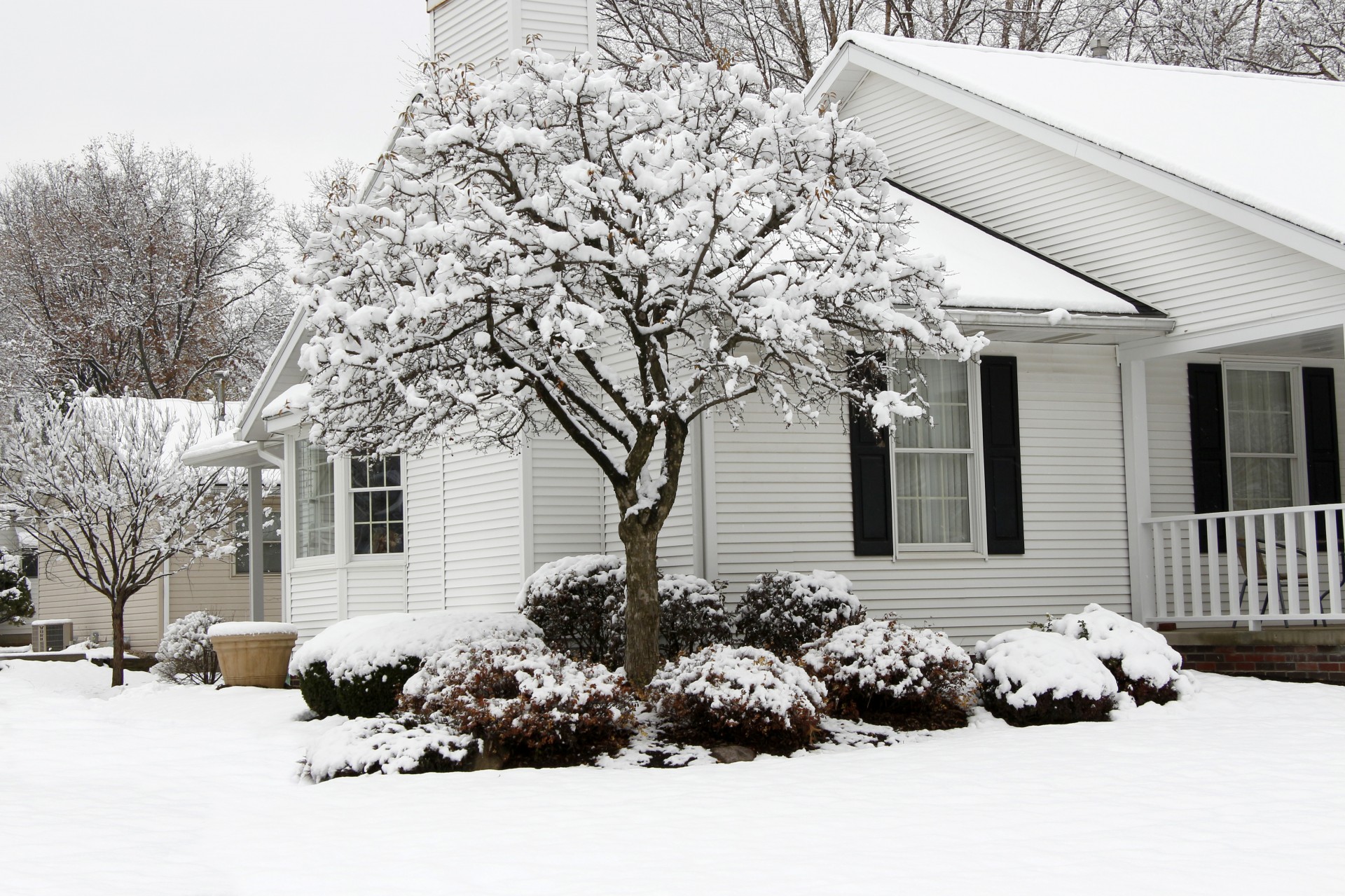
Winter is just around the corner, and now is the time to get your home ready to withstand icy temperatures and inclement weather.
Prevention is key, and it’s important to make any needed home repairs and preparations while the weather is still mild, said Scott DeNoon, farm product and underwriting manager for Virginia Farm Bureau Mutual Insurance Co.
“Taking time now to make sure your home is ready for the winter season can make a big difference when the cold weather arrives,” he said.
Checking heating systems, inspecting and replacing weather stripping, if necessary, and caulking around windows and doors can help ensure your home’s interior stays cozy when it’s cold outside.
Purchase snow and ice removal supplies in advance, such as snow shovels, snow rakes and salt. If a snowstorm hits, use a snow rake to promptly get rid of any accumulated snow to prevent the roof from being weighed down.
In addition, take steps to prevent ice dams, thick ridges of ice that build up along a roof edge and prevent melting snow from draining. Pooling water can cause water damage and lead to mold and mildew issues if it gets inside.
The Insurance Institute for Business & Home Safety recommends keeping drainage systems, gutters and downspouts free of debris and vegetation. Remove or relocate heat sources that are inside attic areas directly under the roof, and seal and insulate attic entrances like vents.
Frozen pipes are another winter weather hazard. Keeping the thermostat at a reasonable temperature—even if you’re away from home—and opening cabinet doors to let warm air circulate around the pipes can help prevent them from freezing. It’s also recommended to let faucets drip during extreme cold and insulate pipes most susceptible to freezing, such as those running along exterior walls.
In the event of a power outage, stay safe by having a communications plan and an emergency kit stocked with items like water, nonperishable food, flashlights, a first aid kit, a backup heat source and blankets.
Finally, stay ahead of the weather by performing routine roof maintenance throughout the year, inspecting and repairing it when damaged. Not only can this help your home withstand weather disasters, it also can help extend the life of your roof.


